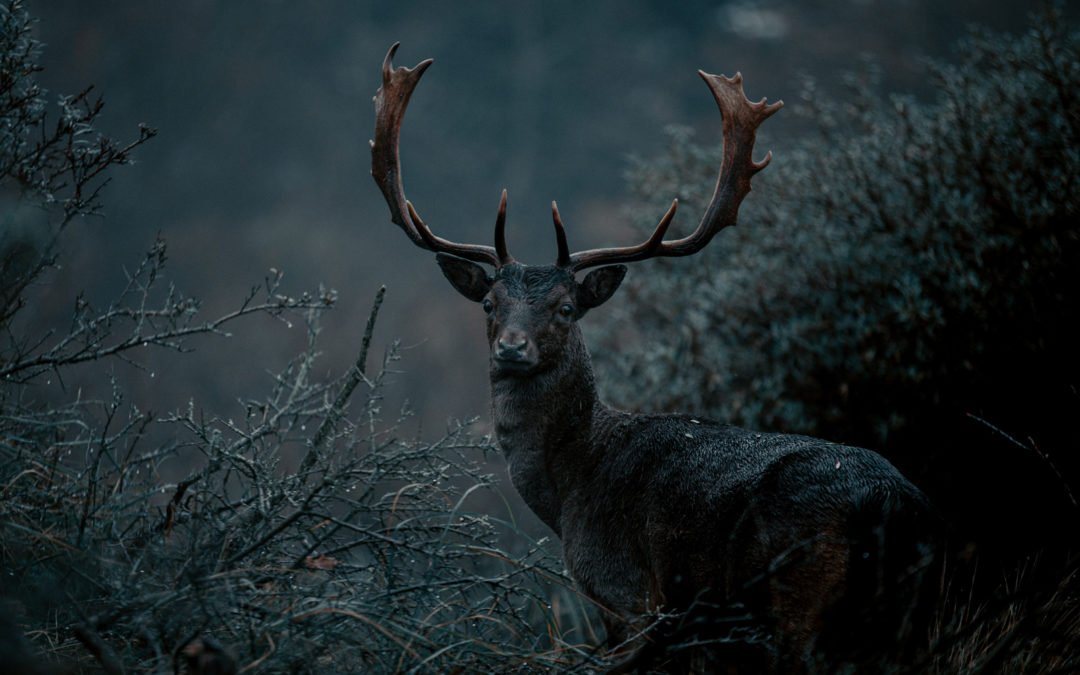There are many forms of livestock farming and one specialty is deer farming. Deer farmers must be handy and adaptable people to handle all the work associated with deer farming. There are about 18 million wild deer living in the United States but adapting livestock farming techniques to managing a huge herd takes unique knowledge and skills. Other types of livestock farmers can take university courses tailored to raising hogs, poultry, cattle and sheep but anyone interested in deer farming must learn directly from a deer farmer.
On a basic level, all livestock farms are about the same. Livestock farms must have pasture areas, sources of water, and fenced animal pens of some kind. Ordinary livestock farms need sturdy fences to hold in animals that weigh several hundred pounds. Deer are much lighter and seldom weigh more than 200 pounds (91 kg). What makes deer different from other livestock is that adult deer can easily jump over a 12-foot (3.6-meter) fence.
Deer also have different pasture needs from other livestock that typically eat grasses. Deer like to eat high protein clover, soybeans and cow peas in the pasture. During the winter, farmers feed them turnips, sugar beets and corn. Wild deer like to eat apples and acorns when they are available. Otherwise deer will eat just about anything that’s green including woody bushes. This diet makes the meat, called venison, from wild deer have a strong flavor that needs to be tamed when cooked. Farm raised venison has a much more appealing flavor.
Besides meat, deer farming produces two other products that are in great demand, especially in Asia. These products are deer antlers and deer velvet. Antlers and velvet come only from male deer, called bucks. Bucks grow a completely new set of antlers every year. The time when they shed their antlers depends on the local climate, but they usually shed their antlers in early winter and grow a new set in the spring.
Deer farmers harvest the shed antlers and ship them elsewhere for processing. When a buck grows new antlers, they are covered with a fuzzy growth known as velvet. Velvet contains the minerals needed to make the bony antlers. Deer velvet is an important crop that is only available through deer farming.

